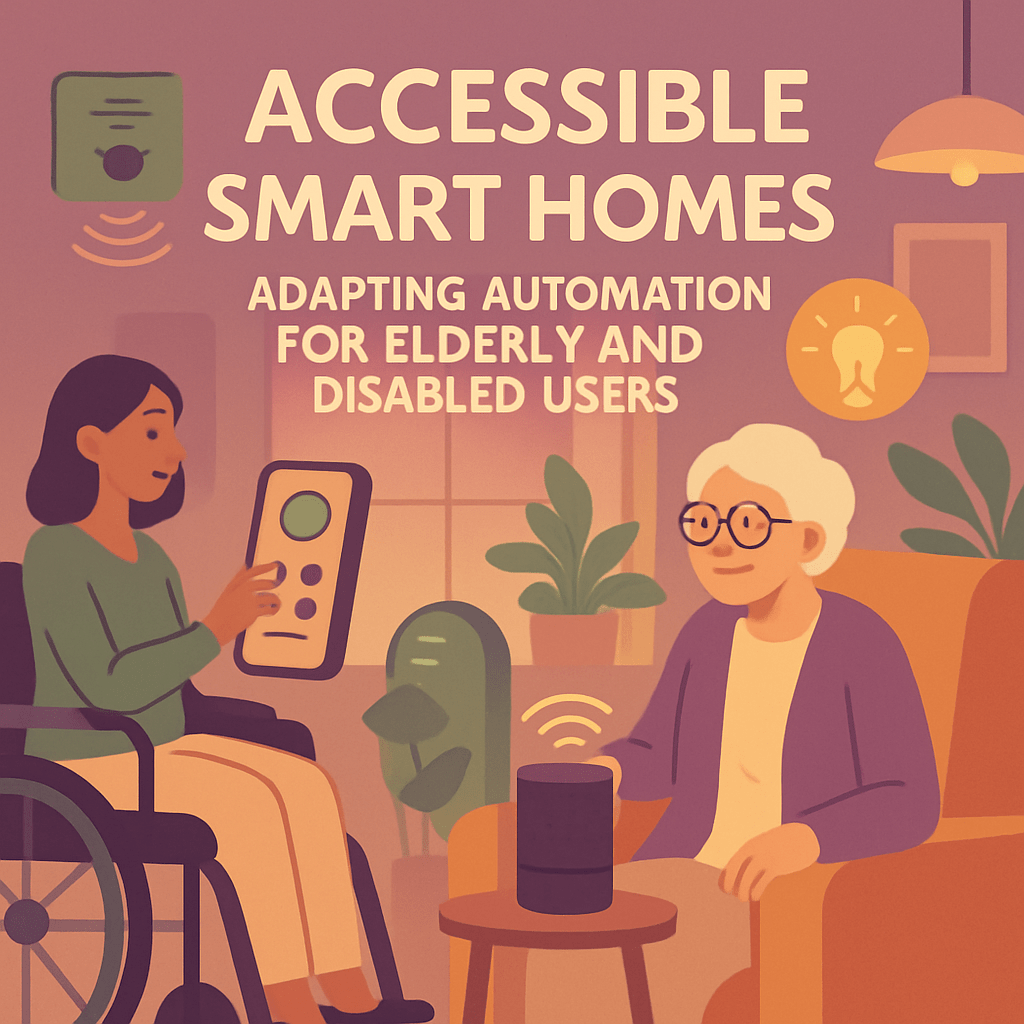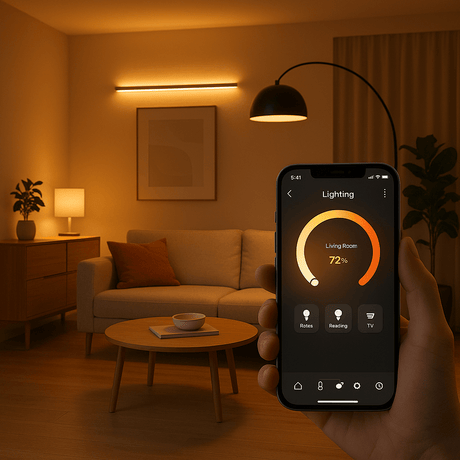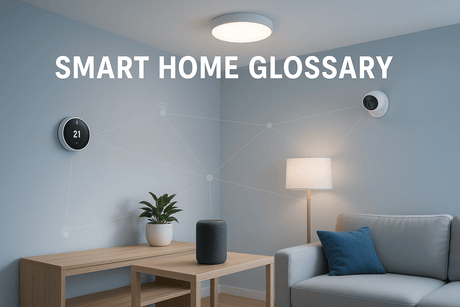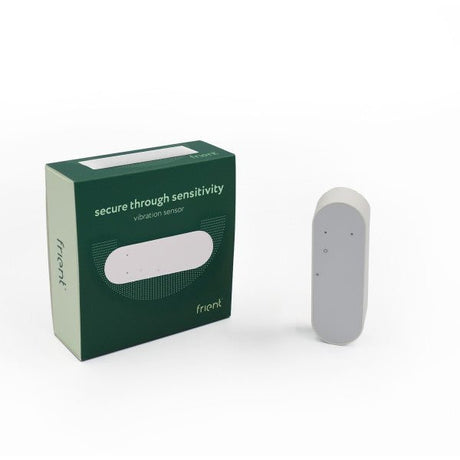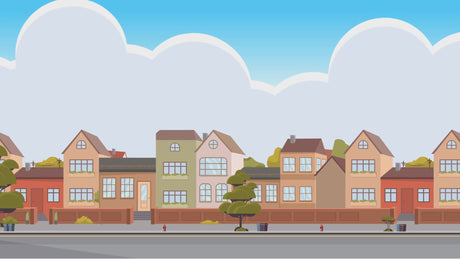In today's rapidly evolving smart home landscape, technology has the power to transform lives - particularly for elderly individuals and those with disabilities. Smart home automation offers unprecedented opportunities to enhance independence, safety, and quality of life for users with varying abilities and needs. By thoughtfully implementing accessible smart home solutions, caregivers and family members can help their loved ones maintain autonomy while ensuring peace of mind.
This guide explores how to create truly accessible smart homes that address the unique challenges faced by elderly and disabled users, with practical recommendations for technologies that can make a meaningful difference in daily living.

Understanding Accessibility Needs in Smart Home Design
Before implementing smart home technology, it's essential to understand the specific challenges that different users might face:
For elderly users, common challenges include reduced mobility, declining vision or hearing, difficulty remembering complex sequences, and concerns about safety and security. Smart home solutions can address these by simplifying daily tasks, enhancing communication, and providing monitoring capabilities.
For users with disabilities, needs vary widely depending on the specific condition. Mobility impairments may require hands-free control options, while visual impairments necessitate audio feedback systems. Cognitive disabilities might benefit from simplified interfaces and automated routines.
The key to successful implementation lies in personalization - adapting technology to address specific needs rather than forcing users to adapt to technology.
Voice Control: The Foundation of Accessible Smart Homes
Voice control represents perhaps the most transformative technology for accessible smart homes, eliminating the need for physical interaction with devices and interfaces. For users with mobility limitations, arthritis, or visual impairments, the ability to control their environment through simple voice commands creates unprecedented independence.
When implementing voice control:
- Position voice assistants in central locations within each primary living area
- Create simple, intuitive command phrases that are easy to remember
- Ensure the system can recognize voices that may be affected by speech impairments
- Establish backup control methods for times when voice recognition might fail
Voice assistants can be integrated with various gateway systems to control lighting, heating, entertainment, and security features throughout the home.
Motion-Activated Automation for Enhanced Safety
For users with limited mobility or cognitive challenges, motion-activated systems eliminate the need to remember to turn lights on and off or manually adjust settings. These systems can:
- Automatically illuminate pathways to bathrooms at night, reducing fall risks
- Trigger alerts if unusual motion patterns are detected, indicating potential falls
- Automate lighting based on natural movement patterns throughout the day
Motion sensors can be strategically placed in hallways, bathrooms, and stairwells - areas where falls commonly occur. When paired with smart lighting systems, they create a safer environment that responds to the user's natural movements.
Smart Door and Window Sensors for Security and Peace of Mind
For elderly users living independently or individuals with cognitive disabilities, security and safety monitoring are paramount concerns for both users and their caregivers. Door sensors provide:
- Alerts when doors or windows are opened at unusual times
- Confirmation that external doors are secured at night
- Monitoring of movement between rooms for those with dementia or similar conditions
- Peace of mind for remote caregivers
These sensors can be configured to send notifications to family members or caregivers when unusual activity is detected, creating a safety net without intrusive surveillance.

Automated Environmental Controls for Comfort and Health
Temperature regulation becomes increasingly important for elderly users, who often have difficulty maintaining body temperature and may forget to adjust thermostat settings. Smart environmental controls offer:
- Automated temperature adjustment based on time of day and occupancy
- Remote monitoring and control for caregivers
- Voice-activated adjustments for users with mobility limitations
- Integration with weather forecasts to anticipate needed changes
Thermostats and TRVs can be programmed to maintain optimal temperatures in different zones of the home, ensuring comfort while minimizing energy costs. For users with certain medical conditions, maintaining consistent temperature can be crucial for health management.
Smart Lighting Systems for Visual Accessibility and Fall Prevention
Lighting plays a critical role in accessibility, particularly for users with visual impairments or those at risk of falls. Smart lighting solutions can:
- Automatically adjust brightness based on time of day and natural light levels
- Create high-contrast pathways for safer navigation
- Implement color-coding systems for users with cognitive impairments
- Gradually brighten in mornings to prevent disorientation
Dimmers and programmable switches allow for customized lighting scenes that address specific visual needs while reducing the cognitive load of managing multiple light controls.
Water and Leak Detection for Safety and Independence
For users with memory impairments or mobility challenges, water safety becomes a significant concern. Smart water sensors provide:
- Automatic shut-off if taps are left running
- Leak detection in bathrooms, kitchens, and laundry areas
- Alerts to caregivers if unusual water usage patterns are detected
- Prevention of scalding through temperature monitoring
These systems not only prevent potential flooding damage but also allow users to maintain independence in daily activities like bathing and cooking with reduced risk.
Medication and Health Monitoring Integration
While traditional smart home systems focus on environmental control, accessible smart homes can extend to health monitoring and medication management:
- Automated reminders for medication schedules
- Integration with dispensing systems
- Monitoring of activity patterns to detect potential health issues
- Emergency response systems triggered by unusual readings or activities
These systems can connect with siren devices to provide audible alerts or with smart displays to offer visual reminders, accommodating different sensory abilities.

Remote Monitoring for Caregivers
For family members and caregivers, remote monitoring capabilities provide peace of mind without intrusive surveillance:
- Activity pattern monitoring to detect potential issues
- Environmental condition tracking (temperature, air quality)
- Security status updates
- Two-way communication systems for check-ins
Energy sensors can track appliance usage patterns, providing insights into daily activities without invasive cameras. Unusual patterns - like the stove being on for extended periods or lack of activity in the kitchen - can trigger gentle check-ins.
Simplified Control Interfaces
While voice control offers tremendous accessibility benefits, physical controls remain important for many users. Accessible smart homes should include:
- Large-button wall controllers with tactile feedback
- High-contrast, simplified interfaces
- Consistent placement of controls throughout the home
- Programmable handheld remotes for common functions
These physical controls should complement voice systems, providing redundancy for critical functions and accommodating users who may prefer tangible interfaces.
Implementation Strategies for Different Needs
For Users with Mobility Impairments
Focus on technologies that reduce the need for physical movement:
- Voice-activated systems for lighting, entertainment, and environmental controls
- Motion sensors that trigger automated responses
- Remote control options for frequently used devices
- Motor controllers for curtains, blinds, and doors
For Users with Visual Impairments
Emphasize audio feedback and tactile interfaces:
- Voice control with detailed audio responses
- Consistent physical control placement
- Automated lighting that adjusts to optimal levels
- High-contrast visual elements where needed
For Users with Hearing Impairments
Implement visual and tactile notification systems:
- Light-based alerts for doorbells, alarms, and timers
- Vibration feedback for important notifications
- Text-based communication options
- Visual indicators for system status
For Users with Cognitive Impairments
Simplify interactions and create supportive routines:
- One-touch scene activation for common activities
- Automated sequences that reduce decision-making
- Reminder systems for daily tasks
- Safety monitoring with caregiver alerts
Building a Scalable System
When implementing accessible smart home technology, consider starting with core functionality and expanding over time:
- Begin with fundamental safety features like lighting automation and emergency response
- Add environmental controls for comfort and health management
- Implement security and monitoring capabilities
- Integrate specialized accessibility features based on specific needs
Using standardized protocols like Z-Wave or Zigbee ensures compatibility as the system grows, allowing for incremental implementation that doesn't overwhelm users or caregivers.
Conclusion: Technology that Empowers
The true measure of accessible smart home technology isn't its technical sophistication but its ability to empower users to live with greater independence, dignity, and safety. By thoughtfully implementing systems that address specific needs - rather than showcasing technology for its own sake - we can create environments that genuinely enhance quality of life.
For elderly users and those with disabilities, the right smart home implementation can mean the difference between dependent living and maintaining cherished autonomy. As technology continues to evolve, the possibilities for creating truly accessible homes will only expand, offering new opportunities to support diverse needs through intelligent automation.
Whether you're adapting a home for aging in place or creating an environment that accommodates specific disabilities, the principles remain the same: focus on the user's actual needs, implement technology that addresses those needs directly, and ensure the system grows and adapts as requirements change over time.


